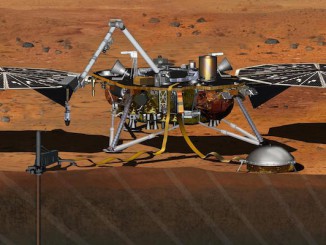
Mars


Gullies on Mars sculpted by dry ice rather than liquid water?
Mars’ gullies may be formed by dry ice processes rather than flowing liquid water, as previously thought. This is the conclusion of a study conducted by two French scientists published in Nature Geoscience. They show that, during Martian late winter and spring, underneath the seasonal CO2 ice layer heated by the Sun, intense gas fluxes can induce gas-lubricated debris flows which look like water-sculpted gullies on Earth.
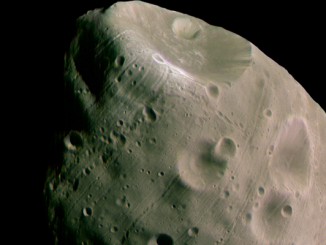
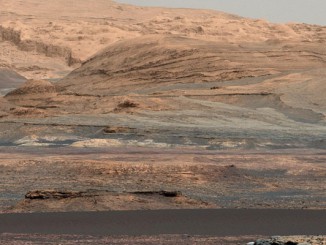

Mars’ moon Phobos is slowly falling apart
Orbiting a mere 3,700 miles above the surface of Mars, Phobos is closer to its planet than any other moon in the solar system. Mars’ gravity is drawing in the 17 × 14 × 11 mile body by about 6.6 feet (2 metres) every hundred years. The long, shallow grooves lining the surface of Phobos are likely early signs of its structural failure as scientists expect it to be pulled apart.
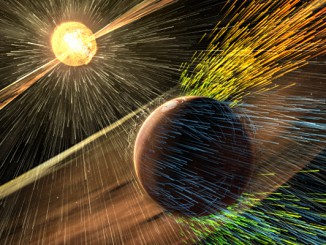
MAVEN reveals speed of solar wind stripping Martian atmosphere
NASA’s Mars Atmosphere and Volatile Evolution (MAVEN) mission has identified the process that appears to have played a key role in the transition of the Martian climate from an early, warm and wet environment that might have supported surface life to the cold, arid planet Mars is today. Researchers have determined the rate at which the Martian atmosphere is losing gas to space via stripping by the solar wind and that the erosion increases significantly during solar storms.
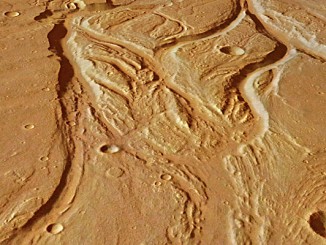
Martian valleys could have been carved by surprisingly little water
Vast valley networks on Mars have suggested that water may have flowed there for millions of years. Now a study at Brown University suggests the valleys could have been carved by much less water in as little as a few hundred to 10,000 years. The findings are consistent with the idea that early Mars may have been cold and icy, with surface water flowing sporadically in response to short-term climate changes.

See the Moon join the morning planets on 6-7 November
If you have a clear sky to the southeast an hour before sunrise on the morning of Friday, 6 November you will be greeted by a pairing of the old, waning crescent Moon with largest planet Jupiter. Then, on Saturday, 7 November, a slimmer crescent Moon joins planets Mars and Venus for an even closer triple conjunction. Have your binoculars and cameras ready!
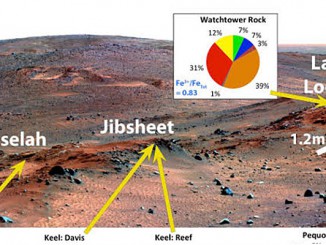
Signs of acid fog found on Mars
While Mars doesn’t have much in the way of Earth-like weather, it does evidently share one kind of weird meteorology: acid fog. Planetary scientist Shoshanna Cole has pieced together a compelling story about how acidic vapours may have eaten at the rocks in Gusev Crater on Mars using a variety of data gathered by instruments on the 2003 Mars Exploration Rover Spirit.

Scientists predict that rocky planets formed from ‘pebbles’
Using a new process in planetary formation modelling, where planets grow from tiny bodies called “pebbles,” Southwest Research Institute scientists can explain why Mars is so much smaller than Earth. This same process also explains the rapid formation of the gas giants Jupiter and Saturn, as reported earlier this year.
